Let  be a directed graph, and let
be a directed graph, and let  be an edge-coloring in red and blue. Let s,t be vertices in G. Find a path from s to t (if exists) so that the number of color changes along this path is minimal.
be an edge-coloring in red and blue. Let s,t be vertices in G. Find a path from s to t (if exists) so that the number of color changes along this path is minimal.
I have tried to do as follows:
- Let
 be the graph obtained by removing all the
blue-colored edges of G. Let
be the graph obtained by removing all the
blue-colored edges of G. Let  be the graph obtained
by removing all the red-colored of G.
be the graph obtained
by removing all the red-colored of G. - Let
 be the strongly connected graph of
be the strongly connected graph of  , computed
using this algorithm.
, computed
using this algorithm. - Let
 be the
strongly connected graph of
be the
strongly connected graph of  , computed using
this algorithm.
, computed using
this algorithm. - Color the vertices of
 in red, and color the vertices of
in red, and color the vertices of
 in blue.
in blue. - Let
 be
the graph obtained by merging
be
the graph obtained by merging  with
with
 .
. - Define the weight of each (existing) edge in G' as 0.
- For each
 such that u
belongs to the strongly connected component
such that u
belongs to the strongly connected component  and v
belongs to the strongly connected component
and v
belongs to the strongly connected component  do as
follows:
do as
follows:
- Use Dijkstra algorithm to find a shortest path from the blue strongly connected component of s, to both the blue and red strongly connected components of t.
- Use Dijkstra algorithm to find a shortest path from the red strongly connected component of s, to both the blue and red strongly connected components of t.
- Let p denote the shortest path among the four we have just found. (namely, p has minimal number of color alternates). p is a series of strongly connected components. Expand each of them using DFS, to find a corresponding path in G.
This algorithm can run in O(E+V*log(v)). Can it be improved or simplified?


